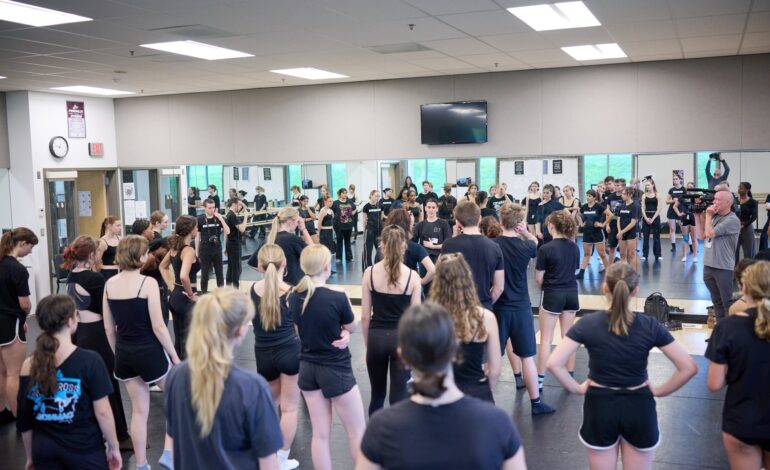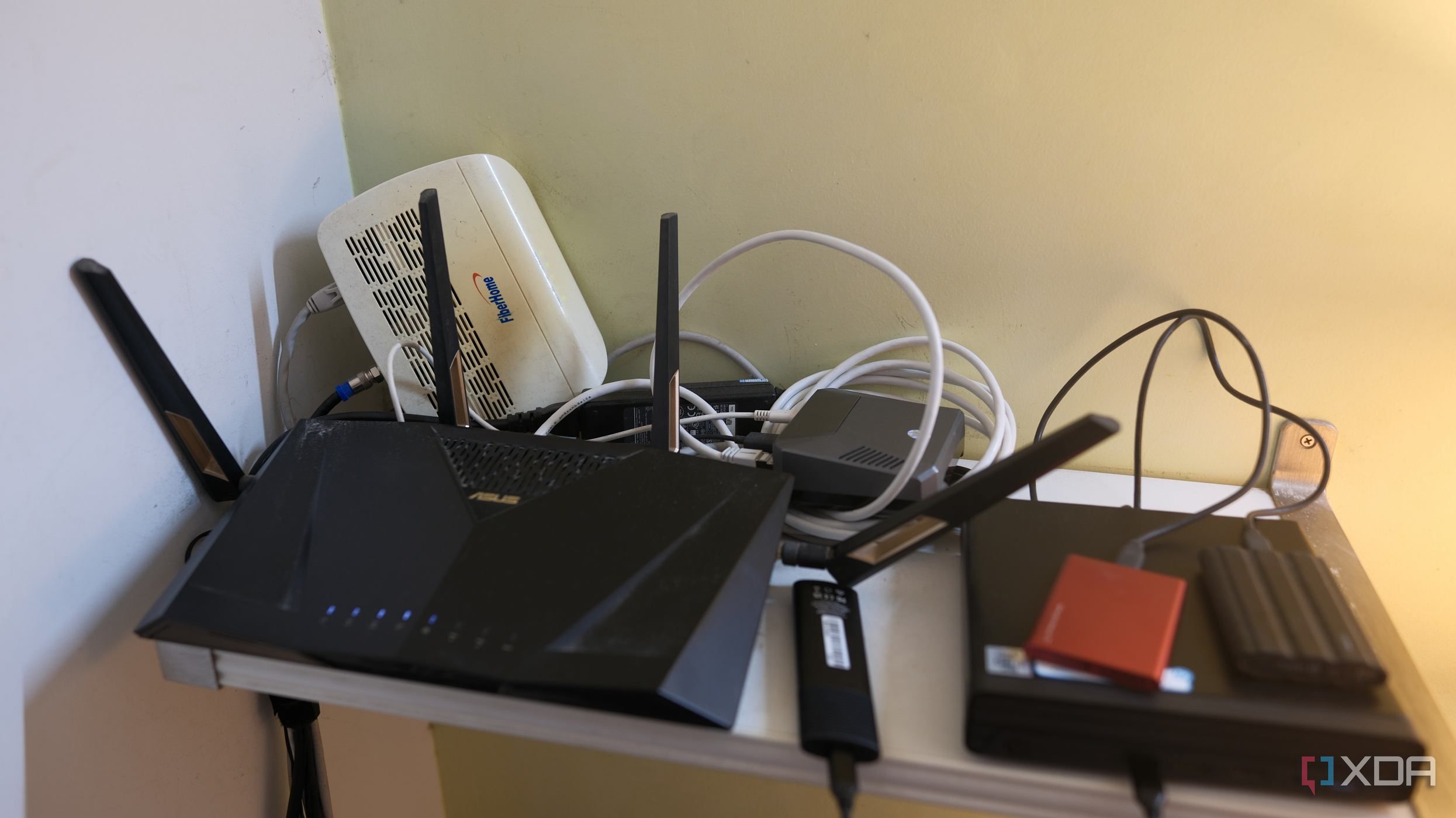Portland High Schools Face Enrollment Surge, Adding Study Halls

Enrollment figures at five of the seven neighborhood high schools in Portland have exceeded expectations, leading to the unexpected assignment of numerous students to study halls or “academic centers.” This situation arises as Portland Public Schools grapples with a surge in student numbers, particularly at Cleveland, Franklin, Grant, Wells, and Lincoln high schools.
As of midweek, Franklin High School in Southeast Portland reported an increase of 135 students beyond the staffing budget established last spring. Lincoln and Grant high schools are each anticipating an influx of approximately 80-90 students, while Wells High School is projected to welcome an additional 40 students. These figures, however, remain fluid until the official enrollment count is confirmed in October.
District officials have acknowledged the challenges posed by these larger-than-expected enrollments. They are working to allocate resources effectively, allowing leaders at schools such as Lincoln and Grant to add at least one extra staff member just days before the school year begins. Despite these efforts, funding for additional educators is limited. Chief Financial Officer Michelle Morrison indicated that the district had set aside $3.4 million to address over-enrollment, a budget that has already been exhausted.
The implications of over-enrollment extend beyond staffing. Families at Bridger-Creative Sciences School have recently received confirmation of funding for an additional fourth-grade teacher after months of advocacy. This situation highlights an ongoing tension in Portland, where students sometimes find themselves placed in study halls without having requested such an arrangement, due to a lack of available space in other electives.
In 2014, the state Department of Education ruled against the district for violating guidelines regarding instructional time, prompting significant changes to scheduling practices. The current situation raises concerns that students who do not require academic support may still find themselves in study halls, which can hinder their educational experience.
The unexpected rise in enrollments is likely to inflate class sizes across core subjects. According to the contract with the Portland Association of Teachers, educators with more than 160 students assigned to them qualify for overage pay, which adds 3% to their salary for every five students exceeding that threshold.
Notably, the surge in enrollment figures is not uniform across all high schools. For instance, McDaniel High School has maintained its expected enrollment of approximately 1,666 students, while Benson High School has aligned closely with projections at around 1,037 students. Conversely, Roosevelt High School has reported about 70 fewer students than anticipated.
The case of Jefferson High School, located in the historically Black Albina neighborhood, is particularly noteworthy. Jefferson offers dual enrollment options with nearby Portland Community College, yet it is projected to serve just 402 students this year, a decrease of around 30 students from last year.
Superintendent Kimberlee Armstrong has expressed intentions to phase out the dual enrollment options that allow students to choose between Jefferson and other high schools. This decision could impact enrollment dynamics significantly.
The staffing situation across high schools is complex. Schools with high numbers of low-income students, such as Jefferson and Roosevelt, receive additional federal funding. Consequently, Jefferson boasts a favorable student-teacher ratio of 14:1, while Grant, with a significantly larger student body, has a ratio of 21.4:1.
Despite these ratios, Drake Shelton, Principal of Jefferson High School, emphasized the challenges that come with small enrollments. He noted that a limited number of students can restrict the range of elective courses offered, which may drive students to seek options elsewhere.
The recent enrollment surge contradicts broader trends reported by Portland Public Schools, which has seen an overall decline of 11% in student numbers since before the pandemic. Demographers from Portland State University predict that this downward trend will persist over the next decade, influenced by factors such as low birth rates and rising housing costs.
As the district prepares for the school year, officials are still assessing enrollment figures for elementary and middle schools. Renard Adams, the district’s director of research, accountability, and assessment, noted that many schools are currently falling short of this spring’s enrollment projections. The situation remains fluid as the district navigates the complexities of staffing and resource allocation in response to fluctuating student numbers.






